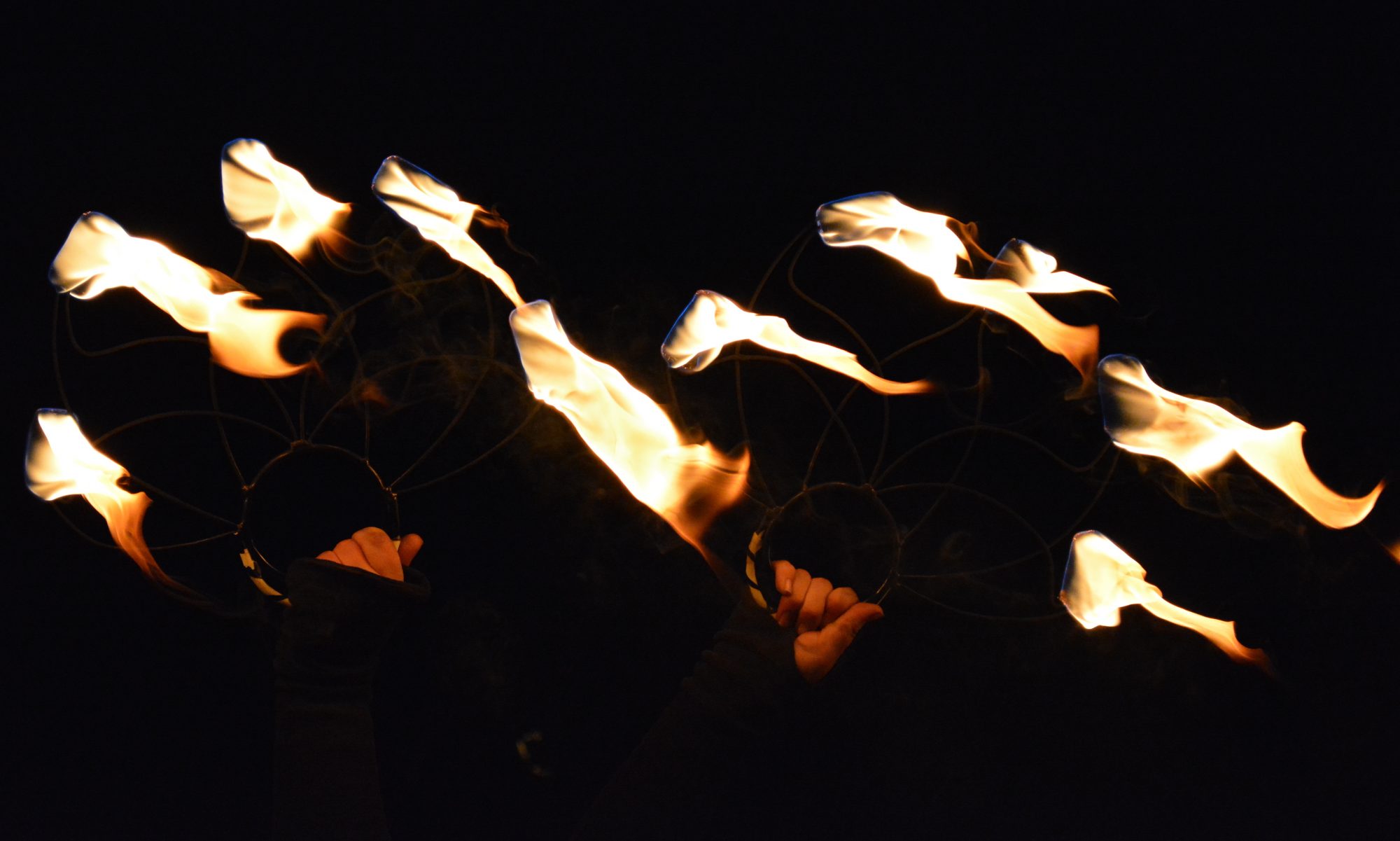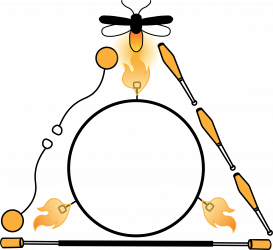Acrobatics stems from the Greek word acro, meaning “high/up.” If we look through history, we can see the first portrayals of acrobatic skill come from images depicted on pottery from the ancient Egyptians and Greeks. At first this word was only associated with actions like tightrope-walking, but later on it came to include tumbling, stands, and flexibility. Acrobatics were also practiced in China during the Tang Dynasty, at important festivals and community gatherings. During the medieval times, acrobatics were performed only for the entertainment of royalty. However, in the early 1900s, acrobatics became entertainment for all social classes and events, rather than just for the royalty. In the 1930s, acrobatics rose to popularity in Russia, and soon took hold here in the states through Russian immigration. It was during this time that many pushed the boundaries of what was physically possible. Acrobatics tricks went from one person productions to tricks that would sometimes include three to four people. This collaborative form of acrobatics, also known as acrobalancing, includes the basics of acro with the skill and techniques of adagio (partner lifts). It became widely popular in the role of dance and in circuses around the world; there are even conventions and contests highlighting the epic feats that they can achieve. For more information on acro, check out these links:

